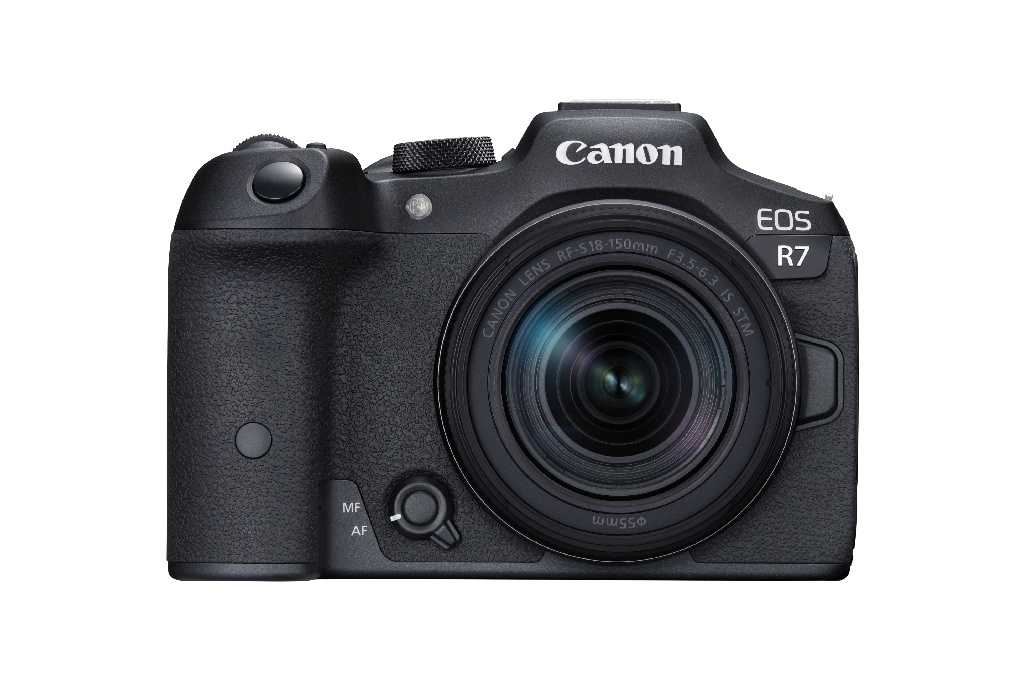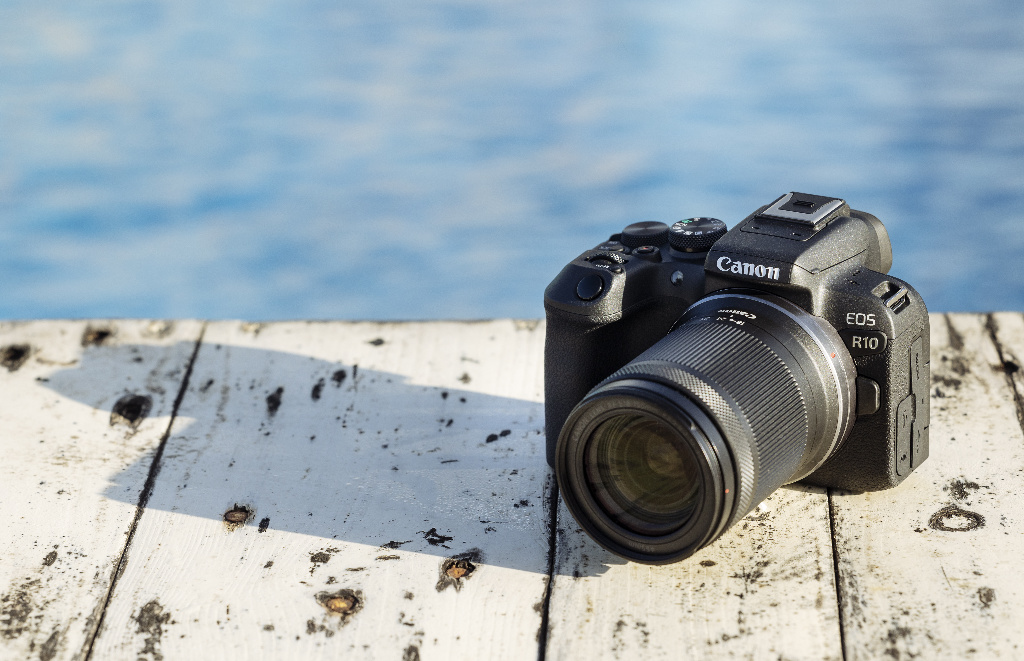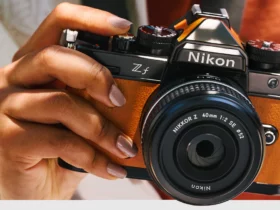After a long wait Canon presents the new Mirrorless R7 and R10 and together, also two new compatible lenses
Canon presents the new EOS R7 and EOS R10 models, its first APS-C EOS R mirrorless cameras that combine the advantages of the EOS R system with those of APS-C format sensors.
The new Canon EOS R7- presents itself as a natural replacement for the EOS 7D, which has been out of production for years and meets the needs of those who are dedicated to sports and wildlife photography thanks to the wide range of the APS-C sensor.
The new Canon EOS R10 is designed to fit inside the face of the APS-C 850D and 90D. It presents itself as a versatile camera, capable of creating images of the highest quality both for photographic shots and for video production. A machine that wants to meet the needs of lifestyle content creators and photographers on the go.
Along with these two mirrorless cameras, two new combinable lenses were also presented:
RF-S 18-45mm F4.5-6.3 IS STM, an ultra-compact zoom lens,
RF-S 18-150mm F3.5-6.3 IS STM, a more versatile lens with a high magnification ratio.
Canon: all the features of the new R7 and R10 mirrorless
The EOS R7 and EOS R10 inherit the Dual PIXEL CMOS AF II technology with deep learning, also present on the high performance full frame models of the EOS R system.Thanks to this technology, these two new models allow the tracking of subjects, including vehicles, animals. and people, with precise eye, head and face detection across the entire frame. Thanks to low-light autofocus down to -5EV and -4EV, respectively, and the ability to focus even at an aperture of f / 22 (e.g. using teleconverters), The EOS R7 and EOS R10 make it easy to follow birds in flight and athletes in motion, regardless of shooting conditions.
Both cameras are equipped with the function Touch and Drag AF, while the EOS R7 will be the first camera in the EOS R system to combine the AF control ring and multi-controller. This gives the user the ability to quickly set the AF point and use the playback functions with a flick of the thumb or turn the dial.

EOS R7 and EOS R10 offer high-level performance to capture the moment with ease, achieving 15fps continuous shooting speed, with fastest mechanical shutter among all APS-C EOS cameras, and 30 fps and 23 fps with electronic shutter. The EOS R7 offers a maximum speed of 1 / 8,000th of a second for the mechanical shutter and 1 / 16,000th of a second for the electronic shutter, allowing you to capture fast-moving subjects. Equipped with the latest generation DIGIC X processor, these highly responsive cameras are capable of processing images quickly. The addition of RAW Burst mode at 30fps allows you to work with images captured during continuous shooting as a video file, making it easier to select frames. When the Pre-shooting mode is active, you can also shoot for 0.5 seconds before you even press the shutter.
The video and 4K features of the two new mirrorless cameras
Perfect for those shooting on the go or without using a tripod, the In-Body Image Stabilizer (IBIS) built into the EOS R7 if unique to your model EOS R6, EOS R5 ed EOS R3 in offering the highest level of image stabilization in the world, up to 8.0 stops.
For the first time in EOS cameras, the IS system is also used to level the horizon when the “Auto-level” function is enabled and to compensate for vertical movement when shooting in the new panning or panning modes. The 32.5 and 24.2 megapixel APS-C sensors built into both the EOS R7 and EOS R10 cameras ensure sharp images even at great distances, making them ideal for sports and wildlife photographers who need to get close to the action. Dual Pixel RAW mode along with HEIF, Compact RAW and HDR ensures greater freedom in post-production and better tonal rendition of scenes. The Digital Lens Optimizer automatically produces the best JPEG images inside the camera, correcting aberrations without compromising shooting performance.
EOS R7 and EOS R10 allow you to create videos in 4K 60p or 4K 30p, oversampled from 7K and 6K formatrespectively to ensure the best possible image quality. The user can also take advantage of the internal HDR PQ or HDMI mode. The EOS R7 also includes 4K 60p crop mode, which extends the range of the frame and is therefore ideal for nature shots.
Both cameras can record over the 30-minute limit per single clip and shoot in 4K 60p format up to one hour, giving you the ability to record longer content, such as interviews and events. Both models support HDR PQ recording which ensures high dynamic range with minimal correction needs. The EOS R7 is the first EOS APS-C camera to use Canon Log 3 and Cinema Gamut, enabling an even more flexible editing process.
Perfect for engaging their followers on social media, both models support vertical recording and technologies that allow for stable footage even while shooting on the go. EOS R7 delivers unprecedented stabilization by combining the Integrated Image Stabilizer (IBIS) with Optical Stabilizer and Movie Digital IS functionwhile the EOS R10 uses data transmitted from lenses equipped with Optical IS to maximize the effects of the Movie Digital IS function.
R7 and R10: price and availability
Weighing just 612 grams for the EOS R7 and 429 grams for the EOS R10, including battery and card, both cameras allow photographers and creatives to improve performance by reducing the bulk of their equipment. With its rugged yet compact design and weather resistance, the EOS R7 is particularly ideal for those who shoot in difficult conditions.
The suggested retail price for the Canon EOS R7 is € 1,029.99 and will be available from July 2022. The Canon Eos R10 will be available for a suggested retail price of € 1,569.99 starting in late July 2022.
















Leave a Reply
View Comments